The Cairo is the sole survivor of the fleet of river gunboats built by the Union during the Civil War with the object of controlling the lower Mississippi River. Designed by Samuel Pook and built by James B. Eads, it saw limited battle and was sunk on the Yazoo River in 1862 by newly developed electronically detonated mines, becoming the first craft ever sunk by this predecessor to torpedo technology. The 175-foot ironclad vessel had 13 guns.
ASME

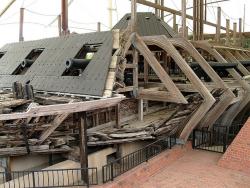
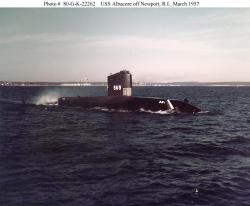
The USS Albacore (AGSS-569) represented a radical change in submarine design. The hull was designed with underwater speed as the prime requirement, and it was built with newly developed high-strength steel (HY-80). In addition to these two major innovations, the Albacore served as a test vessel for many new designs in submarine technology so that they could be refined before implementing them into the fleet. Among them was the testing of various control designs and correlation of actual sea-trial performance with that predicted in tow-tank tests.
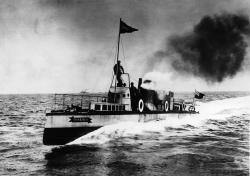
The Turbinia was the world's first turbine-driven ship. It attracted worldwide attention at the 1897 Spithead Naval Review by traveling more than 34 knots. This remarkable performance accelerated the acceptance of the steam turbine as an alternative to the steam reciprocating engine on ships as well as for central electric light and power stations. Sir Charles A. Parsons (1854-1931) invented (1884), developed, and promoted the steam turbine, as well as the design of the Turbinia. For this, he is considered among the outstanding technological innovators of all time.
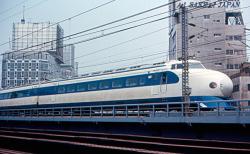
State: Tokyo-toZip: 100-0005Country: JapanWebsite: https://www.asme.org/about-asme/who-we-are/engineering-history/landmarks/211-tokaido-shinkansenCreator: Shima, Hideo
In 1964, Shinkansen (which means "new trunk line" and is also known as the bullet train) between Tokyo and Shin-Osaka became the world's first high-speed railway system, running at a maximum business speed of over 200 km/h (130-160 mph).
he Automatic Temperature Control System was named as a Historic Mechanical Engineering Landmark in 2008. Warren S. Johnson came up with the idea for automatic temperature control while teaching at Normal School in Whitewater, Wisconsin in the 1880's. Originally, janitors would have to enter each classroom to determine if it was too hot or cold and then adjust the dampers in the basement accordingly. Johnson sought a way to end, or at least minimize the classroom interruptions of the janitors and increase the comfort level of the students.
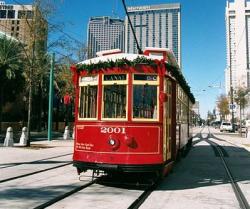
New OrleansState: LACountry: USAWebsite: http://www.asme.org/about-asme/history/landmarks/topics-m-z/rail-transportation---2/-101-st--charles-avenue-streetcar-line-%281835%29, https://www.asme.org/getmedia/40ef6e7c-697d-4f77-8daa-059a37f698b3/101-St-Charles-Avenue-Streetcar-Line-1835.aspxCreator: Perley A. Thomas Car Company
The St. Charles Avenue Streetcar Line is the oldest surviving interurban-urban passenger rail transportation system in the United States. Originally incorporated as the New Orleans Carrollton Rail Road in 1833, service began in 1835. A variety of motive power had been used including horses, mules, overhead cable, steam engines, and ammonia engines before electrification in 1893. The 900-series cars presently in service were designed and built by the Perley A. Thomas Car Company of High Point, North Carolina, in 1923 to 1924.
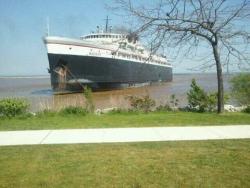
The two 3,500-hp steeple compound Unaflow steam engines powering the S.S. Badger represent one of the last types of reciprocating marine steam engines. Built by the Skinner Engine Company, most Unaflow engines are single expansion. These feature tandem high- and low-pressure cylinders separated by a common head. The Badger's four Foster-Wheeler Type D marine boilers, which supply 470-psig steam to the engines, are among the last coal-fired marine boilers built.
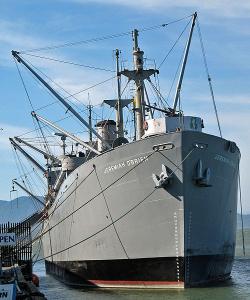
The SS Jeremiah O'Brien, an emergency cargo vessel of the type EC2-S-C1 better known as Liberty Ships, is one of two operative survivors of 2,751 ships, the largest fleet of single class ever built. The other is the SS John W. Brown, now in Baltimore (not operative at the time of the landmark designation). Between March 1941 and November 1945, eighteen US shipyards produced 2,751 ships. The design stressed minimum cost, rapidity of construction, and simplicity of operation. The original design and configuration have not been altered.
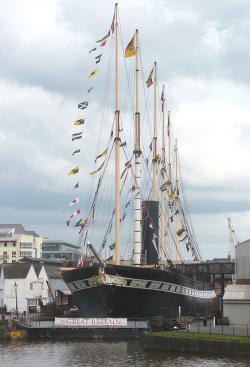
The innovative SS Great Britain, launched in 1843, was the first iron-hulled, screw-propelled ship to cross any ocean and led mercantile history into British domination in the late nineteenth century. Standard practice of naval and merchant ship construction derived from this ship. The compartmented hull, unprecedented 1,500-horsepower engine with chain drive, and many other seminal features were the designs of Isambard Kingdom Brunel. New design features included a balanced rudder, an electric log, a double bottom, and water-tight bulkheads.
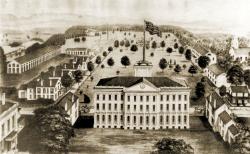
George Washington's concern over standardization of rifles for the Continental Army led to the formation of national armory and to his selection of Springfield as its site. Completed in 1794, it was the first national armory in the United States. Like the Robbins and Lawrence Armory, the Springfield Armory was an outstanding machining center for the design and mass production, employing notable engineers such as Thomas Blanchard (1788-1864), Thomas Warner, and Cyrus Buckland.
Innovations

Operated by the Philadelphia Electric Company (PECO), now known as Exelon Corp., Eddystone Station Unit #1 is a 325 MW pulverized-coal-fired plant that pushed the technology of steam-electric generating plants. When built in 1960, engineers sought to make a more efficient plant using higher…
Read More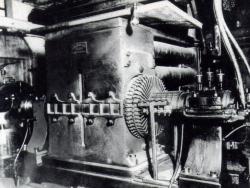
This dynamo, connected directly to a high-speed steam engine, was one of six that produced direct current at Thomas A. Edison's electric power station at 257 Pearl Street in New York City. The Pearl Street Station was the prototype for central station power generation. Edison set out in 1878 to…
Read More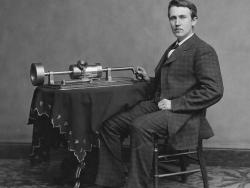
Edison's simple and unprecedented instrument allowed for the first time the permanent recording and reproduction of sound, especially the human voice. On December 6, 1877, Edison put tinfoil around the cylinder, turned the handle of the shaft and, shouting into one of the diaphragms, recorded a…
Read More
Late in life, the renowned structural engineer Gustave Eiffel (1832-1923) embarked on aeronautical research. Reliable data and repeatable research methods were rare in the early 1900s, but Eiffel brought an engineer's discipline to the field. In the process, he produced the most accurate…
Read More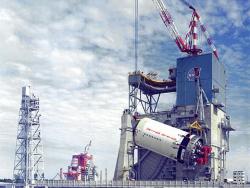
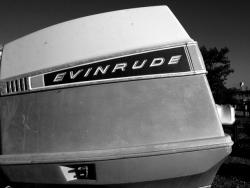
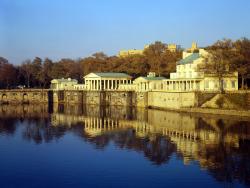
At a time when steam power was finding its first uses in America, Philadelphia opened two steam pumping stations, January 1801, to lift water from the Schuylkill River and distribute it through the city's wooden pipes and mains. By 1811 a new water power works was begun on the river near Morris…
Read More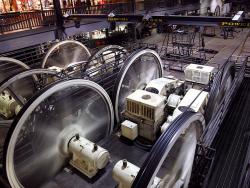
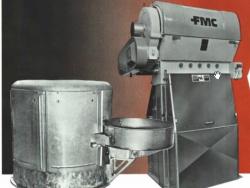
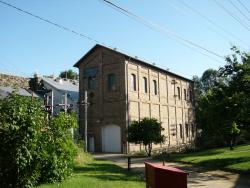
The historic Folsom Power House #1 marks one of the first successful uses of hydroelectric power in the world and the first successful transmission of power long distance (twenty-two miles to Sacramento). The old Folsom Power House still shelters the machinery generated to drive streetcars and…
Read More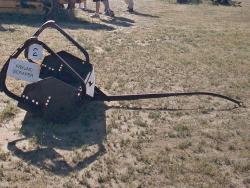
The Fresno scraper established the basis for the modern earthmoving scraper, being able to scrape and move a load of soil, then discharge it at a controlled depth. It quadrupled the productivity of manual labor, replacing hand shoveling of earth into horse carts.
James Porteous, a…
Read More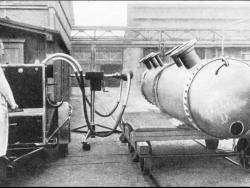
The Garfield Thomas Water Tunnel is a unique experimental facility for hydrodynamic research and testing. The 48-inch (1.2-meter) diameter water tunnel enables the research staff to conduct basic and applied investigations in the fields of cavitation, hydroacoustics, turbulence, transition,…
Read More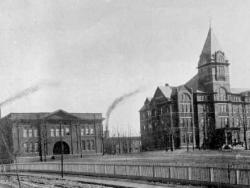
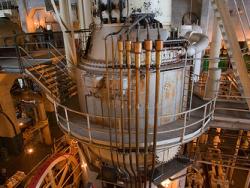
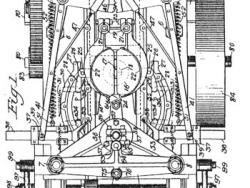
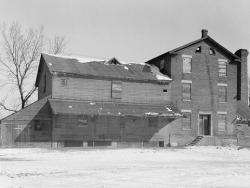
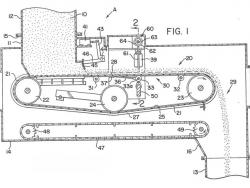
A variety of mechanical feeders, including drag-chain conveyors and rotary pocket feeders, historically have been used to volumetrically control the flow of fuel to coal pulverizers on power generators. Most power generation in the United States has relied on burning fossil fuels in steam…
Read More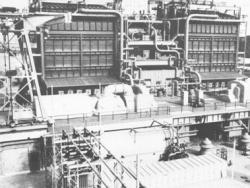
On April 21, 1949, a completely outdoor turbine-generator was placed into commercial operation at the Greens Bayou electric power plant--the first fully outdoor unit to operate in the United States. The demand for unprecedented quantities of electricity after World War II pressed utilities to…
Read More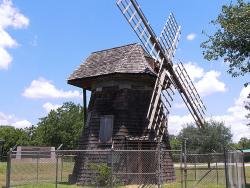
This is an old technology brought here by new immigrants. It represents the beginning of modern life in a hard wilderness. This wind-powered gristmill was built in 1870 by Fred Meiss, Jr., and Otto Fiek near Spring Creek, from parts of the first windmill in the new state of Texas, erected by E.G…
Read More

